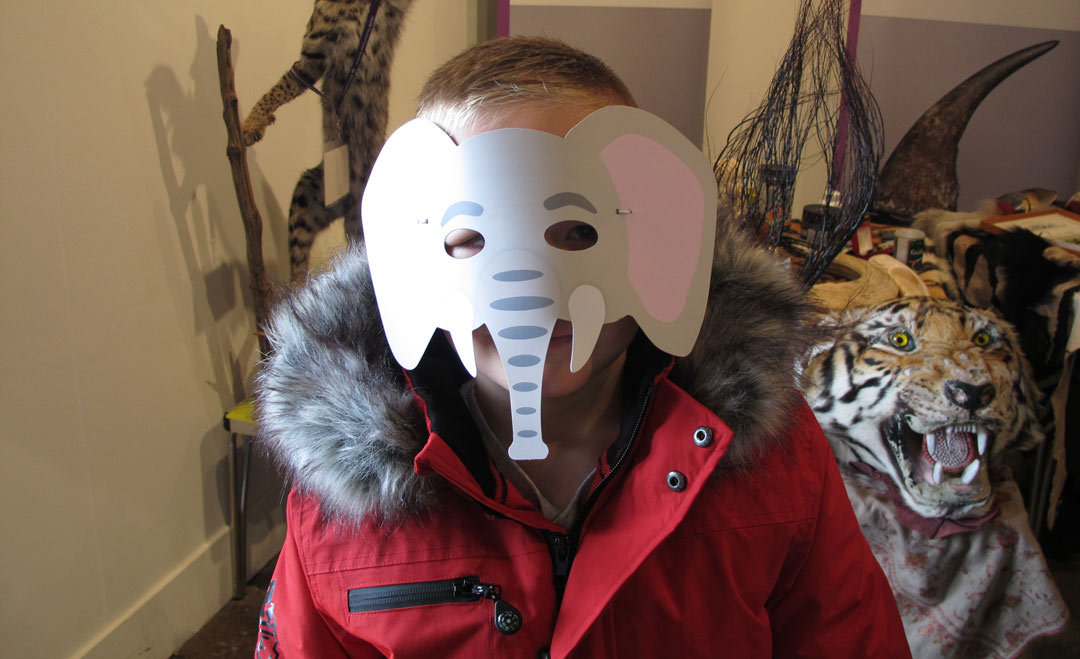Seized ivory
This is the fourth and final article in a series on ivory, coordinated by National Museums Liverpool’s Ethics Group. The series considers the role and responsibilities of the organisation to display, interpret and care for the ivory within our collections, while also raising awareness of this brutal trade. The Ethics Group is made up of colleagues from across the organisation who meet regularly to review specific ethical cases or concerns, and make recommendations for action.
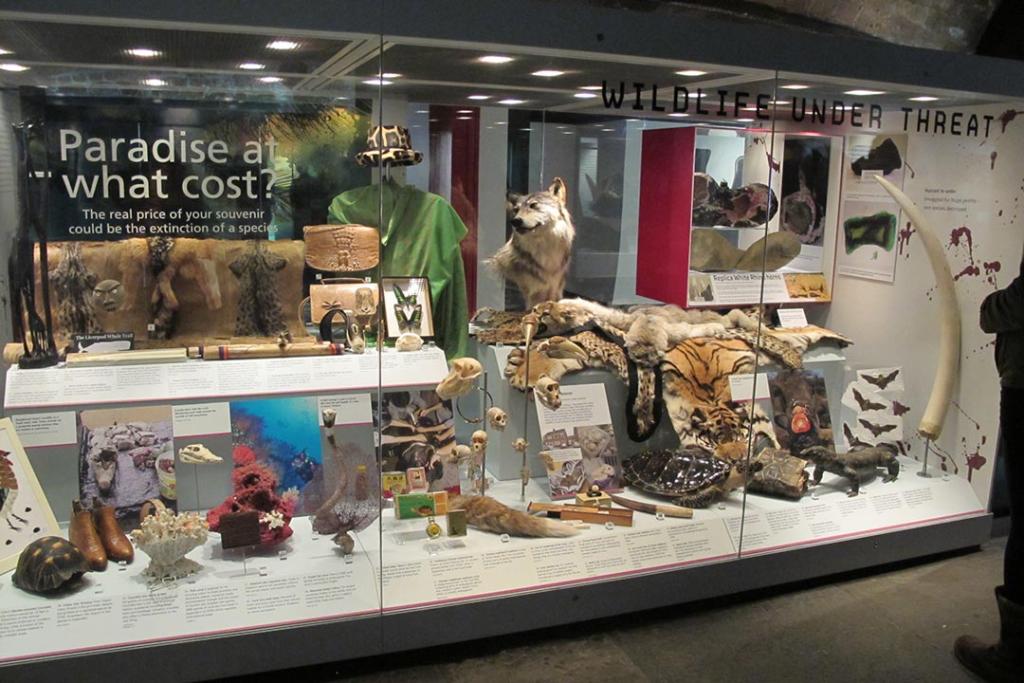
The Seized! gallery in the basement of the Maritime Museum shows the collections of the Border Force National Museum. The varied objects on display tell the fascinating story of how Border Force officers work to prevent smuggling and other criminal activity.
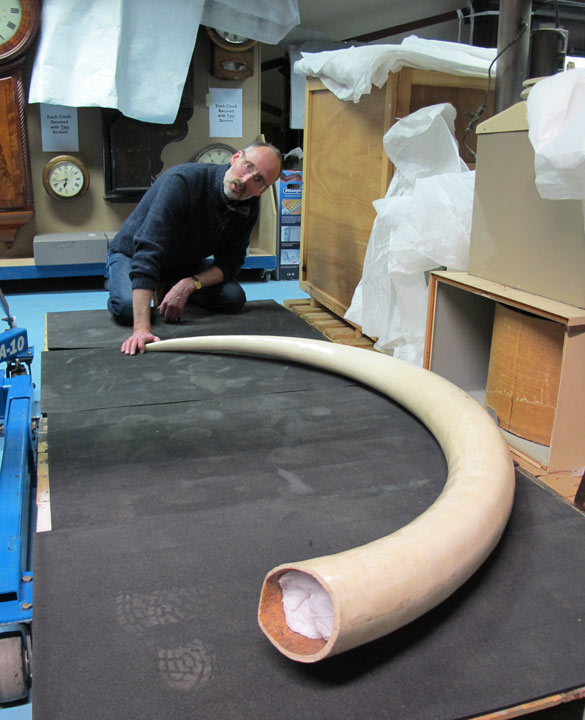
Seized! has always placed controls on trade in endangered species as a significant part of our museum message. Back in 1997 on a visit to Customs at Heathrow, I collected a giant ivory elephant tusk that was part of a number of seized giant tusks. This tusk became a highlight of one of our first endangered species displays. I am pictured above with the tusk in our store last year. The size of this tusk suggests it was from a ‘super tusker’ and the number of these mature elephants are so low today they are now critically endangered. It is suggested there are only 21 giant tusked bull elephants left in the world. It was a sobering reminder of why control in this form of trade is so important a topic to share and why we have such close relations with Border Force’s CITES team at Heathrow.
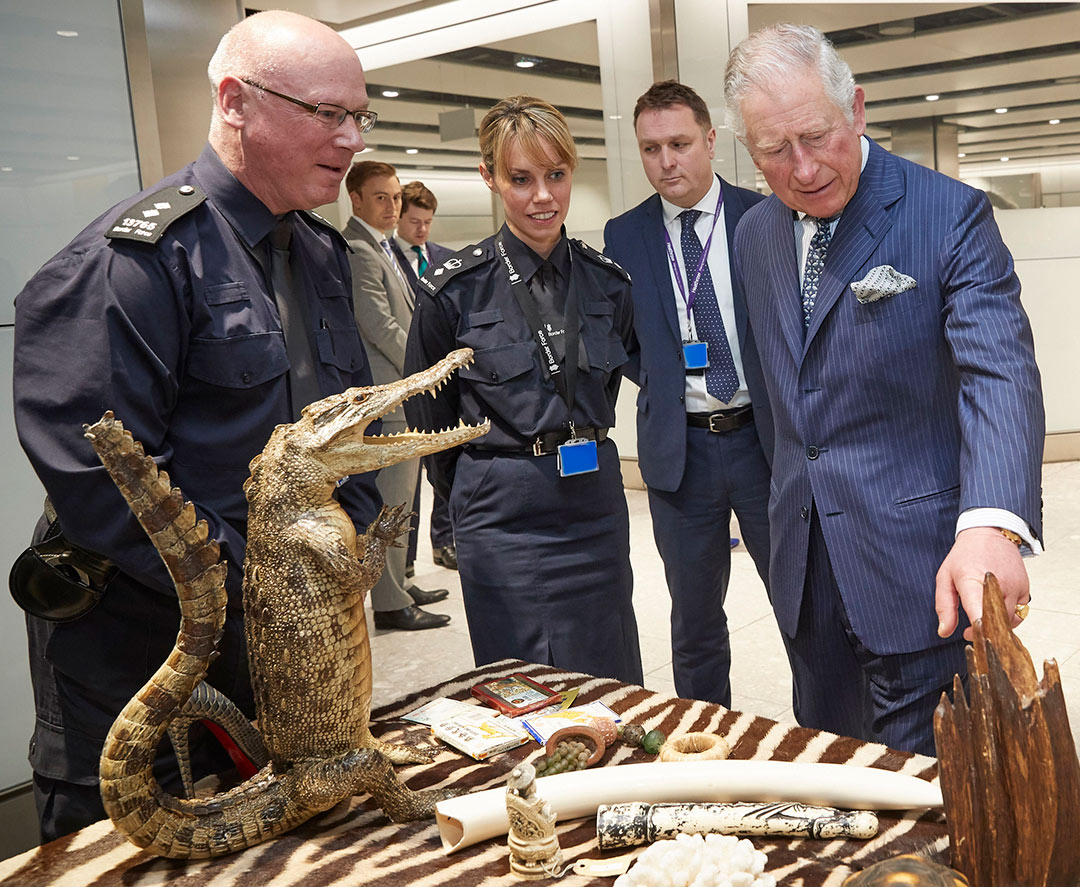
Jan Sowa is a recently retired member of this specialist team. Here he describes the seizure of an antique cabinet which is now part of our collections.
"Trade in antiques is an international business and items are frequently sent from one country to another to be sold. The cabinet was sent by its overseas owner to London to be sold at a well known major auction house. When preparing the catalogue for the sale, staff examining the cabinet were surprised to find that it had elephant ivory inlays. The law requires that items made from ivory being shipped overseas require a CITES (Convention on International Trade in Endangered Species) permit. This item did not have this. They realized immediately that it had not been legally imported and there was a problem!
The auction house made contact to raise the issue with me at the Border Force CITES team, based at Heathrow Airport. In the team I was the specialist who dealt with such enquiries. Through investigation I concluded the illegal importation of the cabinet was the result of carelessness by the shipper. It was not a deliberate attempt to evade the law so we decided to limit action to seizure of the cabinet. After a period of storage at the Queen’s Warehouse (where such confiscated goods are securely stored) I arranged the cabinet to be donated for educational purposes to the Border Force museum."
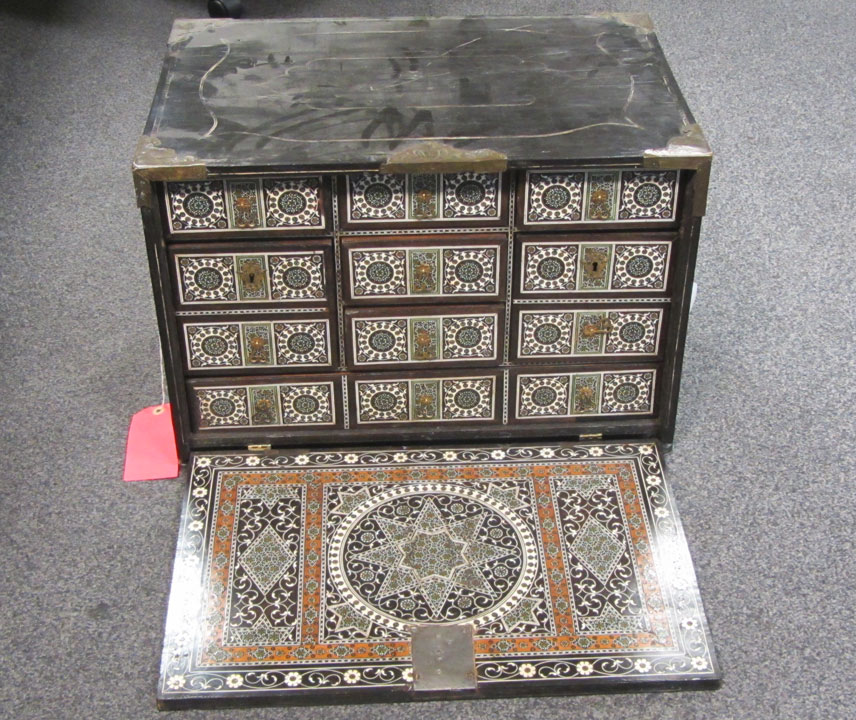
This antique Indian cabinet, a beautiful object, is just part of our wide ranging collection of seized rare specimens, transferred to the museum from the CITES team. We use these products in display and educational handling collections to focus on the law and trade of such objects. For Seized!, control of ivory trade is a part of our wider purpose, looking at import and export controls carried out by Border Force and their predecessors. We have welcomed officers from the CITES team to the museum in support of our events and education programme. We continue to nurture this relationship and here Jan goes on to describe the role of this specialist team:
"The Border Force CITES team deal with enforcement of the endangered species import and export laws at the UK border. CITES regulates the international movement of over 35,000 species of animals and plants. This includes live specimen such as animals for the exotic pet trade or plants destined for garden centres. It also includes derivatives such as ivory, traditional medicines and timber. The team assist their colleagues around the country, helping identify suspect items and interpreting complex regulations. They work closely on CITES matters with other government agencies such as DEFRA (who issue CITES permits), the police and the National Crime Agency. Internationally they are also a point of contact for overseas law enforcement agencies. They regularly liaise with other interested bodies including trade organisations and, in the case of the cabinet, auction houses. The team includes specialists in various subjects such as traditional medicines and reptile identification. One officer spends part of her time arranging the rehousing of confiscated live animals which are usually offered to zoos and aquariums."
So is it right that ivory, a banned product, is displayed in museums? I would say yes, admire both its beauty and rarity, but also its association to a magnificent mammal, in order to better understand the need to protect these animals. After all, if we are better informed, we could be a supportive and a vital campaigning voice for the elephant and its long term preservation.
